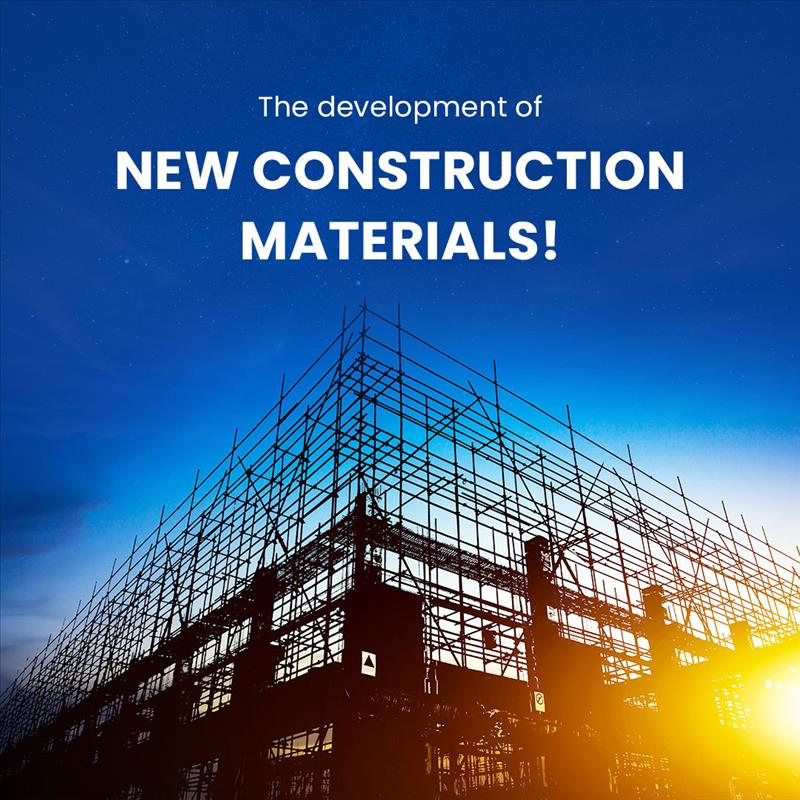
To answer the need to maximize profits and sustainability, construction companies need to:
- Reduce building material costs.
- Source cost-effective, sustainable building materials.
As a result, the following building materials are currently trending in construction:
- Engineered Cementitious Composite (ECC) — aka bendable concrete. As the name suggests, ECC can be bent without breakage. ECC contains small, polymer-derived fibers that make it much stronger and crack-resistant than traditional concrete. The result is a material that uses less cement and has a smaller carbon footprint. ECC’s durability also means less time and money spent on repairing cracks and breakage.
- Engineered timber — this refers to timber products that are created by bonding several types of softwood. The result is a lumber material that is strong enough to be used as a replacement for steel and concrete. The benefits? Fewer emissions and less waste during the manufacturing of engineered timber than steel and concrete.
- Recycled materials — using recycled materials certainly isn’t new. But considering the issues discussed above facing construction companies, recycled materials are now being used to construct entire structures (small ones for now).
- 3D printed building materials — this includes concrete, walls, floors, and other essentials needed in construction. More on 3D printing and construction below.
Another strategy construction firms use to reduce material costs is modularization and prefabrication. By adding a module assembly yard to a construction site, materials can be fabricated and assembled on-site, reducing material and shipping costs.


